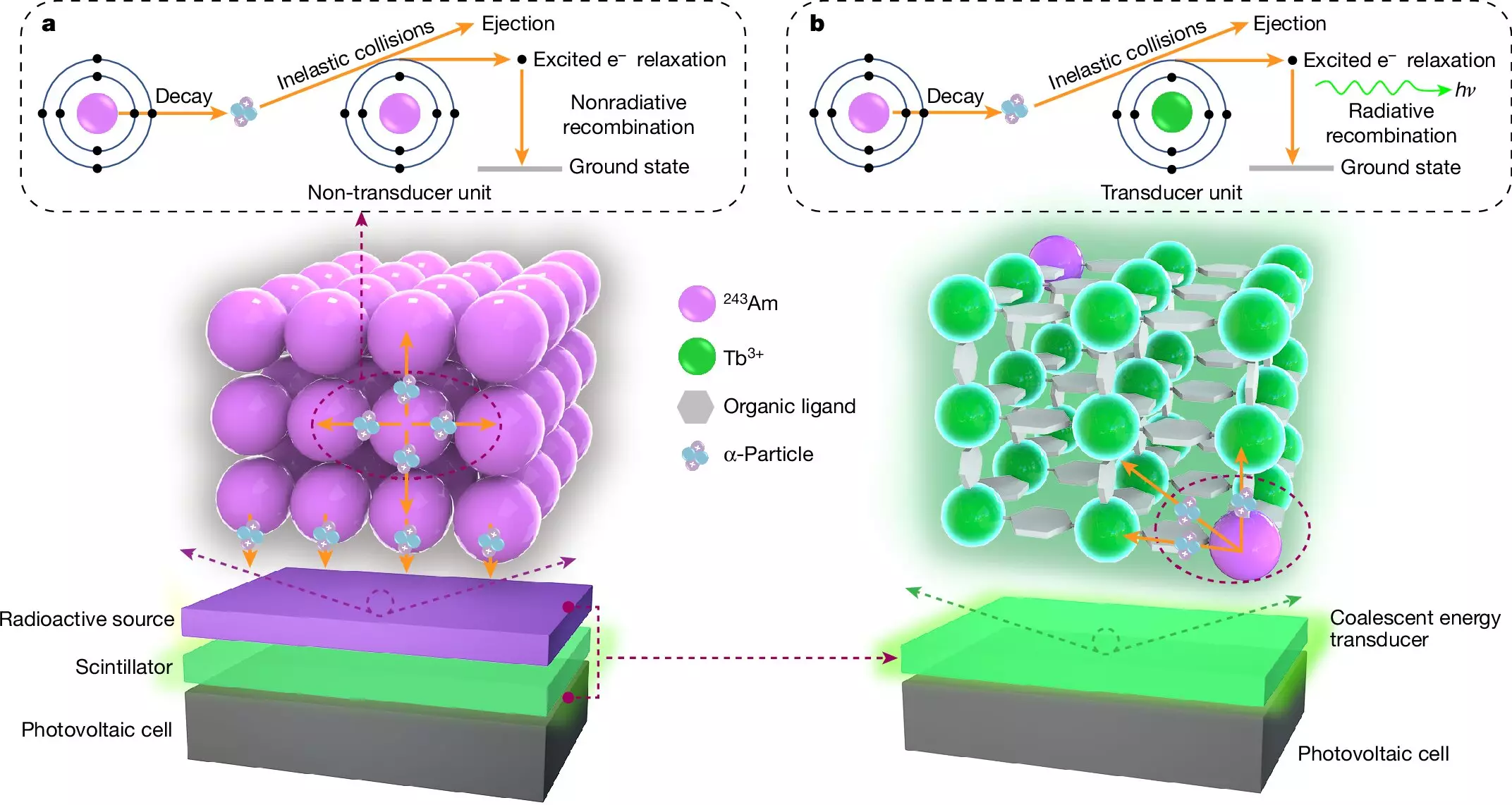Recent advancements by a collaborative team of Chinese physicists and engineers have illuminated a promising frontier in energy production with the development of a remarkably compact nuclear battery. This innovative concept, documented in a recent publication in the prestigious journal Nature, posits that their new battery design may outshine earlier models by an astonishing factor of 8,000 in efficiency. This leap forward in nuclear battery technology has ignited curiosity about the potential applications that such miniature power sources could have, ranging from the mundane, such as smartphones, to more complex systems, including robotics and vehicles.
The quest for small, self-sustaining nuclear power sources has spanned decades, primarily hampered by the inherent dangers associated with nuclear energy, despite efforts to miniaturize. Conventional nuclear power plants are often considered too hazardous for widespread adoption in smaller devices. An alternative paradigm has arisen in the form of batteries that harness the radiated energy from nuclear materials. However, early iterations of these devices faced significant challenges, as their size restrictions often limited their potential power output and efficiency.
In a significant departure from prior methodologies, the team devised a straightforward yet effective mechanism to produce energy by incorporating a small amount of americium, a radioactive element, into a crystal matrix. The radiative emissions from this material, specifically alpha particles, were harnessed to induce luminescence within the crystal, producing a vibrant green glow. This light was then converted into electricity through a photovoltaic cell intricately linked to the glowing crystal.
To mitigate safety risks associated with radiation, the researchers encapsulated the entire assembly within a quartz cell, ensuring there was no leakage of harmful radioactive particles. Testing has revealed that this inventive setup could potentially sustain its charge for extended periods—potentially spanning decades—thanks in no small part to the long half-life of americium, which is approximately 7,380 years. However, the design does incorporate practical limitations, as the composite materials surrounding the americium would gradually deteriorate over time due to radiation exposure.
Despite its landmark achievements in efficiency, the current model produces relatively modest amounts of power. Researchers have noted that collectively, it would require an astronomical 40 billion of these miniature power packs just to power a standard 60-watt light bulb. This brings to light a crucial balance between the compact size of the battery and the output capacity, suggesting that while the device is efficient, it remains in a nascent state of applicability for most conventional energy needs.
The authors of the study posit that with continued refinement, these nuclear batteries may eventually find their niche in niche applications, particularly for small, remote devices such as those utilized in deep space exploration, where traditional power sources may be impractical. This burgeoning field presents exciting prospects for scientific inquiry into the future of energy, potentially paving the way for the next generation of power solutions.
While the tiny nuclear battery demonstrates extraordinary efficiency, challenges surrounding radiation safety, output capacity, and material longevity must be navigated before such technology can be fully realized in practical, widespread applications.

